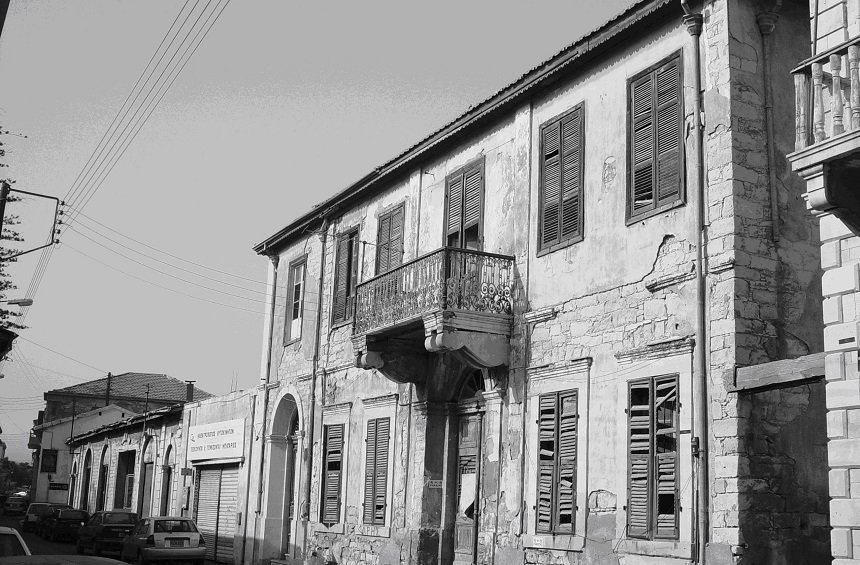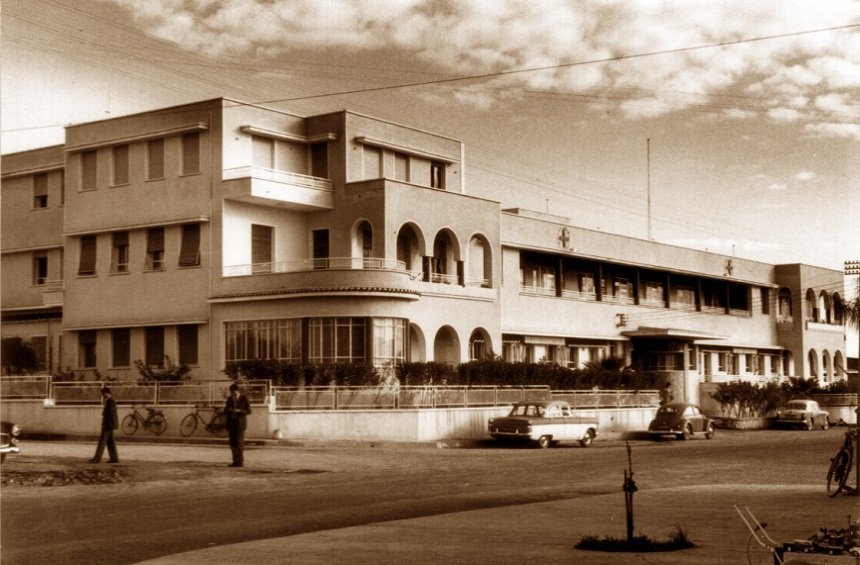
In the city of Limassol, there have been several public and private hospitals in operation for a long time. Of course, for centures, Limassol residents would suffer from epidemics, diseases and the fake promises of charlatan healers.
Under the Ottoman Empire, local doctors were few and far between. Some doctors would occassionally visit from abroad as visiting physicians. Those who could afford it would go to neighboring countries to receive treatment for their health problems, for the first hospitals were not created until after the arrival of the British.
Hospital at Enaerios (1900)

The building of the luxury "Europe Hotel," which closed shortly after its opening, was used to house the Limassol hospital, which remained there until 1923. The Enaerios hospital building was then used as a poor house until the 1950s, when it was turned into a Children Shelter and then into "Ayios Stefanos" foundation. The building was demolished in 1993 and the area was turned into the well-known Enaerios parking area.
District Administration Building Hospital (1924)
Limassol acquired its first, official, public hospital in the middle of the war. The building was typical of its time, following the traditional colonial architecture found during British rule. Besides the main, 2-storey building, some auxiliary facilities used to operate in the back as dormitories for the medical staff.
Maria Rousou Clinic

The first female Cypriot doctor was Maria Rousou from Limassol, whose clinic was located in a building on Irinis (formerly Victorias) Street, during the 1930s.

Maria Rousou's last clinic was located on Koumandarias Street. Many of her clients where Turkish Cypriots who lived nearby. The clinic closed down in 1938, when the doctor married and opened an clinic at her house. She always offered her services pro bono.
Old Limassol Hospital (1957)

As the city grew, its needs began to increase. During the 1950s, the construction of the building which houses the Old Limassol Hospital today was initiated. As the coronation of Queen Elizabeth II happened to coincide with the year of the inauguration of the hospital, the building was named as “Coronation Hospital Limassol” in her honor.
Tritoftides Clinic
From the 1940s and for many decades that followed, Marios Tritoftides' "Evangelismos" clinic hosted countless patients from Limassol and beyond at its premises along Makarios Avenue. After the death of Marios Tritoftides, the clinic closed down and, was eventually demolished.
106 General Military Hospital (106 GMH: 20/7/1974 – 10/9/1974)

Due to urgent needs and a mortar strike at the Old Limassol Hospital during the Turkish invasion, a temporary Military Hospital was created in the area of Laniteio High School. That summer, the school was due to accommodate the participants of the International Festival in Limassol, so the necessary beds were already in place. Doctor Marios Tritoftides was a main actor in this coordination.
Sources:
- Mimis Sophocleous, 106 General Military Hospital (106 GMH), Limassol History Archives
- Cyprus Medical Museum